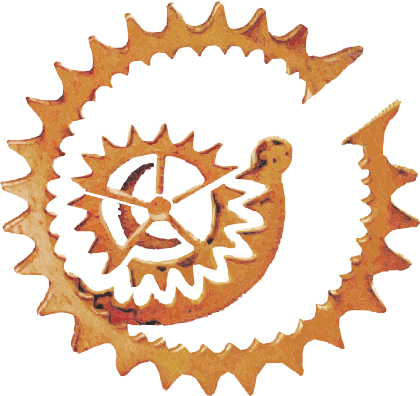
Zhao Wuji (February 13, 1921 – April 9, 2013), a French painter of Chinese origin. Born in Beijing, China. In my childhood, I studied and studied painting in Nantong, Jiangsu Province. In 1935, he joined Hangzhou Art College and studied under Lin Fengmian. In 1948, he studied in France and settled in France. In the field of painting creation, with the form of western modern painting and the color skills of oil painting, he participated in the implication of Chinese traditional culture and art, and created a new painting space with changeable colors, powerful strokes, rhythmic sense and light sense, known as “the representative of western modern lyric abstract school”. He is a lifelong painter of the French Gallery and a professor of the National Academy of Decorative Arts in Paris. He was awarded the French Knight Medal. He has held more than 160 individual painting exhibitions around the world. On April 9, 2013, Zhao Wuji died at the age of 92 in Vostok, Switzerland, due to invalid medical treatment.
In 1921, Zhao Wuji was born in a scholarly family in Peiping. Its family has a long history, and its genealogy can be traced back to the Yan Wang family of the royal family of the Northern Song Dynasty. Zhao Wuji has been gifted and intelligent since childhood. He is extremely interested in literature and Chinese and foreign history. His family, especially his father and uncle, attach great importance to the art of painting. His father often took the trouble to explain the hypocrisy of a painting to his children from the perspective of aesthetics and skills, while his uncle often brought back postcards of imitating famous paintings from Paris to Zhao Wuji. In a family of intellectuals, everyone is very interested and curious about the art of painting. It is in this environment that he inspired his ambition to become a painter.
In 1935, at the age of 14, Zhao Wuji entered the Hangzhou Fine Arts College to study. During the six years, he went from sketching plaster portraits and sketching models to painting oil paintings. Among them, he also studied Chinese painting copying, painting theory and western art. His early works are mainly based on Cezanne, Matisse and Picasso, and his painting style is closer to the Western impressionism. That is the so-called “concrete” period.
In 1941, Zhao Wuji stayed in school to teach and held his first personal painting exhibition in Chongqing.
In 1947, he held a personal painting exhibition in Shanghai.
In 1948, he went to Paris with his first wife, Xie Jinglan. During his time in Paris, he met many painters, such as Raj, Hutong, Bram and so on. He was familiar with Alissev, the then curator of the Salnucci Museum of Art in Paris, and became unfaithful to the poet Michel, and met his third wife, Van Siva.
In May 1949, Zhao Wuji held his first solo painting exhibition in Paris at the Kreuz Gallery. As he painted and pondered, the development of western painting had also reached a threshold that must be broken through, so he was inspired by the painting of Kerry and jumped into the abstract world. He continued to explore the possibility of painting, and was recognized in the rendering method and space concept of Chinese ink painting, bringing his painting to another stage. After that, his paintings led the viewer into an infinite world that seemed invisible and tangible through color and space distribution.
From 1953 to 1954, he held many exhibitions in France, Berne, Geneva, Rome, Milan, Munich, New York and other places.
Appreciation of Zhao Wuji’s works II (20 pictures) Zhao Wuji transited from Cezanne and Picasso to Kerry, at this time, art also transited from constructing a complete world to a stage of random creation. So far, the audience has been unable to define the content of the works directly from the visual image. The 1952 work “still life” is a model of such transformation works. Some dry branches and sundries are randomly placed in the picture, which is strange and full of desolate and mysterious atmosphere. For an artist, still life is color and symbol. In a certain light, combined with various warm and cold colors, he breaks away from the style of figurative painting, decomposes the subjective appearance, and makes the objective form appear in a simple form.
After the 1958 work “Cloud”, Zhao Wuji’s work no longer has a title. He only marked the creation date on the back of the canvas.
His works in the sixties and seventies gradually get rid of all rules, freely wield his freedom, and express his inner needs and feelings in various innovative combinations.
Zhao Wuji’s works after the 1980s, with the growth of age and experience, have injected more warmth and flexibility. Passion and opposition gradually melt into clouds or water vapor. People can find his changes in the 1986 important work “Hail to Mattis”. He pays more attention to the harmony of the picture and the color is more fluent. If the character symbol is the milestone of their creation, the use of color expands the artist’s painting language.
Zhao Wuji, who is in his 90s, still works tirelessly. He once said, “I am not afraid of aging and death. As long as I can still hold the brush and paint, I am not afraid of anything. I just hope to have enough time to finish the painting in hand, which is bolder and more free than the previous one.”
